Decision making is the process of selecting a course of action or choosing among different alternatives based on a set of criteria, goals, or preferences. It is a cognitive process that involves gathering information, evaluating options, weighing the pros and cons, and making a choice.
Effective decision making typically involves several steps. The first step is identifying the decision by clearly defining the problem or the need for a decision. This sets the foundation for the decision-making process.
The next step is gathering information. This involves collecting relevant data, facts, and opinions that are necessary for evaluating the alternatives. Gathering information helps in understanding the context, identifying potential risks, and exploring various possibilities.
Once the information is gathered, the options are analyzed. This step involves assessing the available choices and considering their potential outcomes, risks, and benefits. Analysis helps in understanding the strengths and weaknesses of each alternative and provides a basis for comparison.
After the options have been analyzed, the next step is evaluating the alternatives. This involves comparing and contrasting the different options based on predetermined criteria or preferences. By evaluating the alternatives, one can determine which option aligns best with the desired goals or criteria.
Once the evaluation is complete, a choice is made. This is the selection of the most suitable alternative based on the analysis and personal judgment. Making a choice requires considering the information gathered, the analysis conducted, and personal preferences or values.
After the choice is made, it is important to implement the decision. This step involves putting the chosen course of action into practice. Implementation may require coordination, allocation of resources, and communication of the decision to relevant stakeholders.
It is crucial to review the outcome of the decision. This involves assessing the results of the decision to determine its effectiveness and whether adjustments or improvements are needed. Reviewing the outcome helps in learning from the decision-making process and making informed decisions in the future.
Throughout the decision-making process, various factors can influence the choices made. These factors include personal values, emotions, biases, available resources, time constraints, and external pressures. Being aware of these influences can help individuals and organizations make more informed and rational decisions.
Different decision-making models and frameworks, such as rational decision making, bounded rationality, or intuitive decision making, provide guidance on how individuals and organizations can approach and improve their decision-making processes. These models offer different perspectives and techniques to enhance decision making in various contexts.
The Art Of Decision Making
Decision making is often referred to as an art due to its subjective and context-dependent nature. Each decision is influenced by individual perspectives, values, emotions, and specific circumstances, making it inherently subjective. The art lies in considering these subjective elements and understanding the unique context in which the decision is being made. Moreover, decision making requires creativity and innovation, as it involves exploring alternative solutions and generating new ideas. The art of decision making lies in the ability to think outside the box and come up with original and imaginative options that can lead to breakthrough solutions.
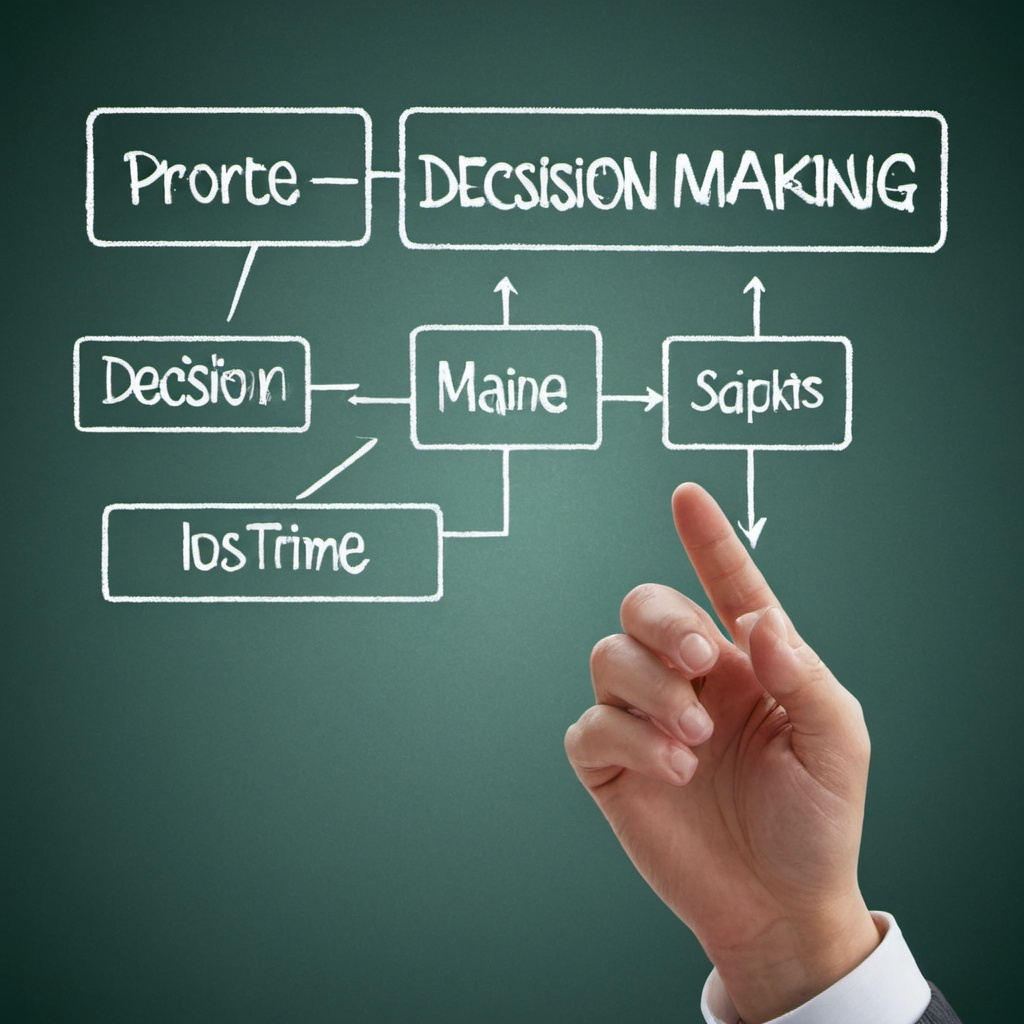
Another aspect of decision making that contributes to its artistic nature is the role of intuition and gut feelings. While rational analysis and logical reasoning are important, experienced decision makers develop a sense of intuition based on past experiences, tacit knowledge, and pattern recognition. Intuition is a subconscious process that enables quick, instinctive decisions that may not be easily explained but can be highly effective. This element of intuition adds an artistic dimension to decision making.
In addition, decision making involves balancing trade-offs between conflicting goals or priorities. It requires considering various factors such as cost, quality, time, resources, and stakeholder interests. The art of decision making lies in finding the right balance among these factors and making choices that align with the overall objectives and constraints. It requires a nuanced understanding of the situation and the ability to weigh the pros and cons to arrive at the most suitable decision.
Furthermore, decision making requires adaptability and judgment, especially in complex and uncertain environments. It involves assessing ambiguous or incomplete information, making decisions under uncertainty, and being open to adjusting course as new information emerges. The art of decision making lies in being able to make sound judgments, take calculated risks, and adapt in dynamic situations. It involves a combination of analytical thinking, experience, and the ability to navigate uncertainties effectively.
Emotional intelligence also plays a role in decision making. Understanding and managing emotions, both one’s own and those of others, can influence the decision-making process. The art lies in recognizing and addressing biases, managing conflicts, and fostering effective communication and collaboration. Emotions can impact the decision-making process, and skilled decision makers navigate these emotional aspects adeptly.
Lastly, decision making is a continuous learning process. Skilled decision makers reflect on past decisions, seek feedback, and strive to improve future choices. The art of decision making involves ongoing learning, expanding one’s knowledge base, and developing the abilities to make better decisions. It is a skill that evolves over time, allowing individuals to refine their approaches and develop their own unique decision-making style.
Decision making is considered an art due to its subjective nature, the need for creativity and innovation, the role of intuition, the balancing of trade-offs, adaptability, judgment, emotional intelligence, and the continuous learning process. It is a dynamic and nuanced process that requires practice, experience, and the development of one’s own unique decision-making style.
Evolve your decision-making skills
Evolving your decision-making skills is an ongoing process that can be improved through self-awareness, learning, and practice. Here are some strategies to help you evolve your decision-making abilities:
1. Enhance Self-Awareness: Develop a deep understanding of your values, biases, and cognitive processes that influence your decision making. Reflect on your past decisions and their outcomes to identify patterns and areas for improvement. Recognize your strengths and weaknesses in decision making and be open to feedback from others.
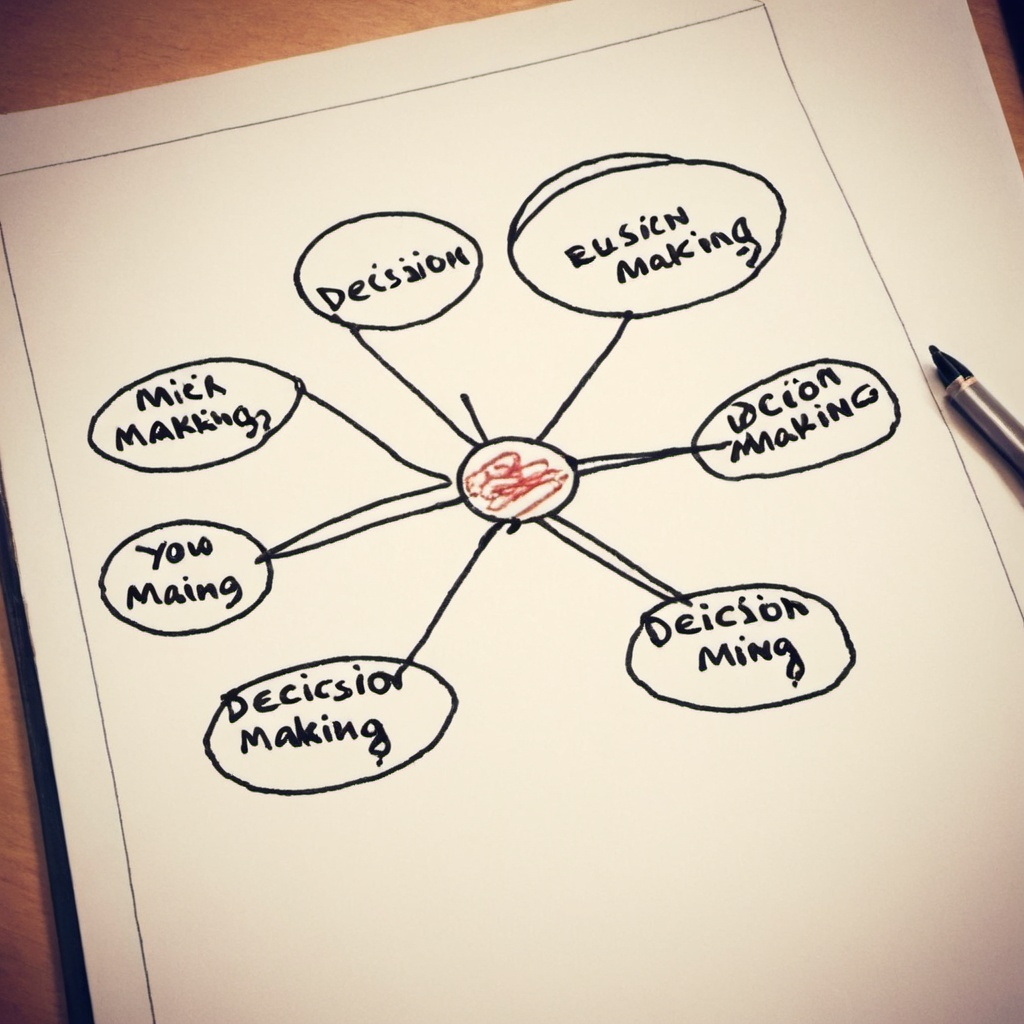
2. Seek Diverse Perspectives: Engage with diverse viewpoints and gather inputs from different stakeholders or team members. Encourage open discussions and actively listen to alternative opinions. This broadens your perspective and helps you consider a wider range of possibilities and potential consequences.
3. Acquire Knowledge and Information: Make an effort to stay informed and up-to-date in your field or domain. Continuously seek new knowledge, trends, and best practices related to your decision-making context. Access relevant data, research, and resources to inform your decisions and reduce uncertainty.
4. Develop Analytical and Critical Thinking Skills: Strengthen your analytical and critical thinking abilities to evaluate information, assess risks, and identify potential biases. Enhance your problem-solving skills by practicing logical reasoning, data analysis, and considering multiple scenarios or alternatives.
5. Use Decision-Making Frameworks: Familiarize yourself with decision-making frameworks, models, and techniques. These frameworks provide structured approaches to decision making, such as SWOT analysis, cost-benefit analysis, decision trees, or Pareto analysis. They offer systematic ways to evaluate options and make more informed choices.
6. Embrace Iterative Decision Making: Embrace an iterative approach to decision making, especially in complex or uncertain situations. Break down decisions into smaller steps or experiments, allowing you to gather feedback, learn from outcomes, and adjust your approach as needed. Emphasize learning and adaptation throughout the process.
7. Learn from Experience: Reflect on the outcomes of your decisions, both successful and unsuccessful. Analyze the factors that contributed to those outcomes and identify lessons learned. Use these insights to refine your decision-making processes and improve future choices.
8. Embrace Risk and Uncertainty: Recognize that decision making inherently involves risk and uncertainty. Develop a mindset that embraces calculated risks and accepts that not all decisions will have predictable outcomes. Learn to manage and mitigate risks by considering potential scenarios, developing contingency plans, and being prepared to adapt as circumstances change.
9. Practice Decision Making: Actively seek opportunities to practice decision making. Engage in decision-making exercises, simulations, or real-world scenarios. Take on challenging tasks or projects that require making thoughtful choices. The more you practice, the more you’ll refine your decision-making skills.
10. Continuous Learning and Feedback: Stay curious and committed to lifelong learning. Keep exploring new ideas, approaches, and perspectives related to decision making. Seek feedback from trusted mentors, peers, or colleagues on your decision-making processes to gain valuable insights and areas for improvement.
One must remember that decision making is a skill that can be honed over time. By applying these strategies and consciously seeking to improve, you can evolve your decision-making abilities and make more effective choices.
Different aspects of decision making in an agile environment
In the context of software development in an agile environment, decision making plays a crucial role in ensuring project success and delivering high-quality software. Here are some important aspects of decision making related to software development in agile:
1. Empowered Teams: Agile methodologies emphasize the empowerment of self-organizing teams. Decision making is decentralized, allowing teams to make important decisions collectively rather than relying on a single authority figure. This promotes collaboration, creativity, and ownership, enabling teams to make quicker and more informed decisions.
2. Iterative and Incremental Approach: Agile development follows an iterative and incremental approach, where software is developed in small increments called iterations or sprints. Decision making focuses on selecting and prioritizing features to be included in each iteration. Decisions about what features to deliver next are made based on customer feedback, business value, and team capabilities.
3. Continuous Planning and Adaptation: Agile teams regularly review and adapt their plans to accommodate changing requirements and circumstances. Decision making is an ongoing process that involves continuously assessing the project’s progress, identifying risks, and adjusting plans accordingly. Decisions may involve reprioritizing tasks, reallocating resources, or adapting the development approach to meet evolving needs.
4. Collaborative Decision Making: Agile methodologies encourage collaborative decision making among team members, stakeholders, and customers. Decisions are made through frequent communication, discussions, and feedback loops. The input and expertise of different team members are leveraged to make well-informed decisions, leading to better outcomes and increased stakeholder satisfaction.
5. Data-Driven Decision Making: Agile teams rely on empirical data and metrics to make informed decisions. They collect and analyze data related to development progress, product quality, customer feedback, and team performance. This data-driven approach enables objective decision making and helps identify areas for improvement and optimization.
6. Risk Management: Agile decision making involves identifying and managing risks throughout the software development lifecycle. Teams assess risks and make decisions to mitigate or address them proactively. This may involve adjusting priorities, altering development strategies, or implementing additional quality assurance measures. Risk management decisions are crucial for ensuring project success and reducing potential setbacks.
7. Continuous Improvement: Agile methodologies promote a culture of continuous improvement. Decision making includes reflecting on past experiences, seeking feedback, and identifying opportunities for enhancing processes and practices. Teams regularly make decisions to implement process improvements, adopt new technologies, or experiment with different approaches, all aimed at achieving higher productivity, quality, and customer satisfaction.
Therefore, the decision making in software development within an agile framework involves empowering teams, iterative planning, collaboration, data-driven approaches, risk management, and continuous improvement. These aspects enable agile teams to adapt quickly, deliver value incrementally, and respond effectively to changing requirements and customer needs.
Critical decision-makers in software industry
In the software industry, there are several critical decision makers who play key roles in shaping the direction and success of software projects. Here are some examples of critical decision makers in the software industry:
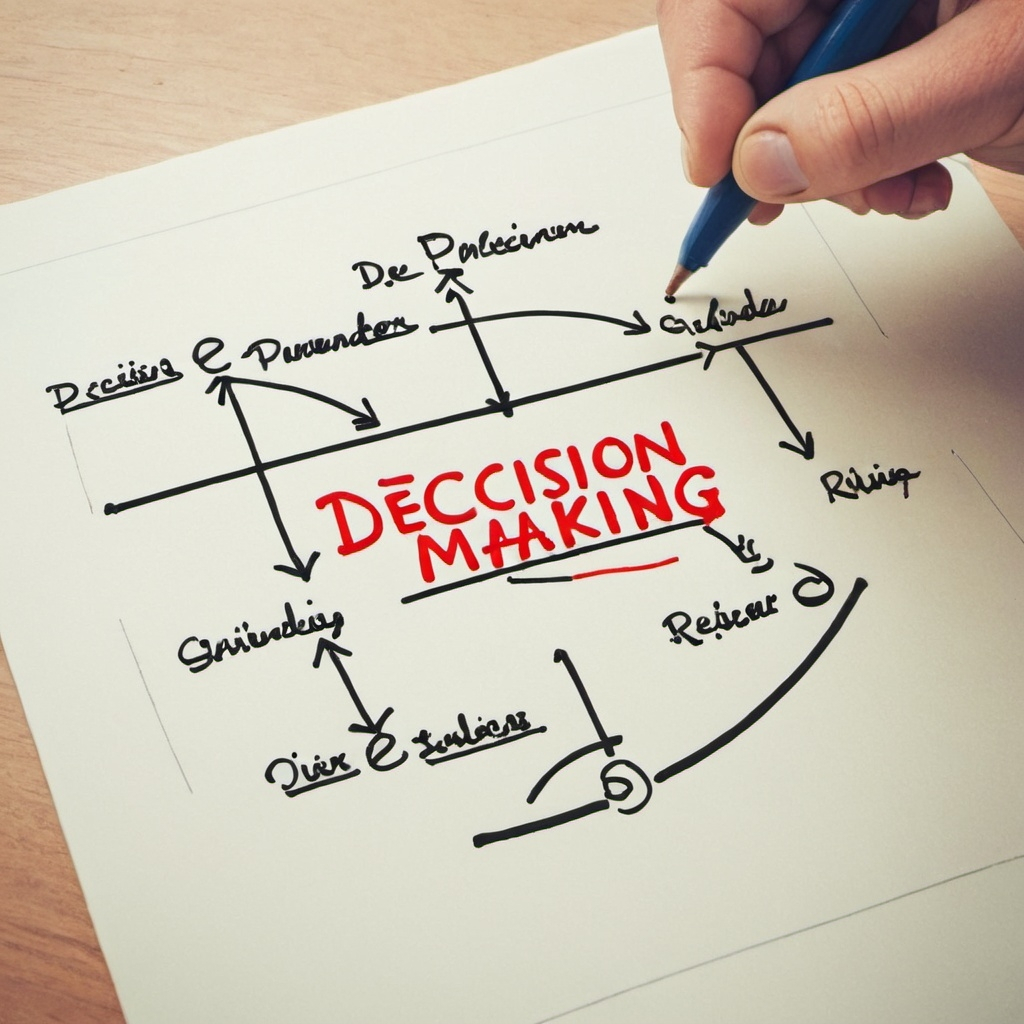
1. Project Managers: Project managers are responsible for overseeing the planning, execution, and delivery of software projects. They make critical decisions regarding project scope, timelines, resource allocation, risk management, and stakeholder communication. Project managers ensure that projects are delivered within budget, meet quality standards, and align with the organization’s goals.
2. Product Owners: Product owners are responsible for defining and prioritizing the features and functionality of software products. They make decisions regarding product vision, roadmap planning, feature selection, and backlog management. Product owners act as a bridge between the development team and stakeholders, ensuring that the software meets customer needs and adds value to the business.
3. Development Team Leads: Development team leads oversee the technical aspects of software development projects. They make critical decisions related to technology stack selection, architectural design, coding standards, and development methodologies. Development team leads ensure the efficient and effective execution of software development tasks and coordinate efforts within the development team.
4. Architects: Architects are responsible for designing the overall structure and technical framework of software systems. They make decisions regarding system architecture, component integration, scalability, and performance optimization. Architects ensure that software systems are well-designed, maintainable, and aligned with business requirements.
5. Quality Assurance (QA) Managers: QA managers are responsible for ensuring the quality and reliability of software products. They make decisions regarding testing strategies, test coverage, defect management, and quality standards. QA managers ensure that software is thoroughly tested and meets the desired quality levels before release.
6. Executive Management: Executive management, including C-level executives, play a crucial role in strategic decision making in the software industry. They make high-level decisions regarding resource allocation, investment in new technologies, market positioning, and business strategies. Executive management ensures that the organization stays competitive, adapts to market trends, and makes informed decisions that drive business growth.
7. End Users and Customers: End users and customers also influence decision making in the software industry. Their feedback, needs, and preferences shape product features, usability, and overall user experience. User feedback is crucial in determining the direction of software development and making decisions that align with customer expectations.
These decision makers collaborate and interact throughout the software development lifecycle, making critical choices that impact project success, product quality, and customer satisfaction. Their expertise, experience, and ability to make informed decisions contribute to the successful delivery of software solutions in the industry.
Key artifacts in critical decision making
In the context of decision making, artifacts refer to the tangible or visible outputs that are created or used during the decision-making process. These artifacts serve as tools, documentation, or representations that help individuals or teams make informed decisions. Here are some common artifacts in decision making:
1. Decision Matrices or Tables: Decision matrices or tables are structured frameworks that help compare and evaluate different options based on predetermined criteria or factors. They provide a visual representation of the decision-making process, allowing decision makers to assess the pros and cons of each alternative and make a more objective choice.
2. Decision Trees: Decision trees are graphical representations that show the various possible outcomes and decisions in a hierarchical manner. They help decision makers visualize the consequences and probabilities associated with different choices, aiding in the understanding of complex decision paths.
3. Flowcharts: Flowcharts are visual diagrams that illustrate the sequence of steps or processes involved in decision making. They provide a clear and logical representation of the decision-making process, highlighting decision points, actions, and possible outcomes. Flowcharts can help individuals understand the decision flow and identify potential bottlenecks or areas for improvement.
4. SWOT Analysis: SWOT (Strengths, Weaknesses, Opportunities, Threats) analysis is a structured framework used to evaluate the internal and external factors influencing a decision. It involves identifying and analyzing the strengths and weaknesses of the options under consideration, as well as the opportunities and threats associated with each choice. SWOT analysis helps decision makers assess the overall viability and risks of different alternatives.
5. Cost-Benefit Analysis: Cost-Benefit analysis is a technique that quantifies and compares the costs and benefits associated with different options. It involves identifying and evaluating the financial, social, and environmental costs and benefits of each alternative. Cost-Benefit analysis provides a quantitative framework for decision makers to assess the value and potential returns of different choices.
6. Decision Support Systems: Decision support systems (DSS) are computer-based tools or software applications that assist decision makers in analyzing complex data, generating insights, and making informed decisions. DSS can integrate various data sources, perform calculations, and provide visualizations to support the decision-making process.
7. Meeting Minutes and Documentation: Meeting minutes and documentation capture the discussions, agreements, and key points during decision-making meetings or sessions. They serve as a record of the decision-making process, including the options considered, the rationale behind decisions, and any action items or next steps identified.
These artifacts help structure and document the decision-making process, provide visual representations, and facilitate collaboration and communication among stakeholders. They support more informed, systematic, and transparent decision making by organizing information, clarifying options, and guiding the evaluation of alternatives.
Decision making software’s
There are several software tools available that can assist in the decision-making process by providing analytical capabilities, data visualization, collaboration features, and other functionalities. Here are some examples of software that can help in decision making:
1. Spreadsheet Software: Spreadsheet software like Microsoft Excel or Google Sheets can be useful for organizing and analyzing data. They offer features for data manipulation, mathematical calculations, and creating decision matrices or models. Spreadsheets can help in performing quantitative analysis, scenario modeling, and generating visualizations to support decision making.
2. Data Visualization Tools: Software tools such as Tableau, Power BI, or QlikView enable the creation of interactive visualizations and dashboards. These tools can help in presenting complex data in a visually appealing and easily understandable format, allowing decision makers to gain insights and identify patterns or trends.
3. Decision Support Systems (DSS): Decision support systems are specialized software applications designed to assist in decision making. They integrate data, models, and analysis techniques to provide decision makers with a structured framework for evaluating alternatives and generating recommendations. Examples of DSS software include SAP BusinessObjects, IBM Cognos, or Domo.
4. Project Management Software: Project management tools like Trello, Asana, or Jira can aid in decision making by providing features for task management, collaboration, and project tracking. They enable teams to organize and prioritize tasks, assign responsibilities, and track progress, facilitating effective decision making throughout the project lifecycle.
5. Business Intelligence (BI) Tools: Business intelligence tools like Microsoft Power BI, Tableau, or Looker are designed to extract, analyze, and visualize large volumes of data. These tools can help in identifying patterns, trends, and key performance indicators (KPIs) to support data-driven decision making.
6. Analytical Tools and Models: Software tools like MATLAB, R, or Python with libraries like pandas and scikit-learn provide advanced analytics capabilities. They allow users to perform statistical analysis, predictive modeling, optimization, and other data-driven techniques to aid in decision making.
7. Collaborative Decision-Making Tools: Collaboration software such as Miro, Google Workspace (formerly G Suite), or Microsoft Teams offer features for real-time collaboration, document sharing, and communication. These tools facilitate collaborative decision making by enabling teams to brainstorm, discuss, and reach consensus remotely.
It’s important to choose software that aligns with the specific needs and requirements of the decision-making process. The selection of the appropriate software depends on factors such as the nature of the decision, data availability, required functionalities, and the preferences of the decision makers and stakeholders involved.



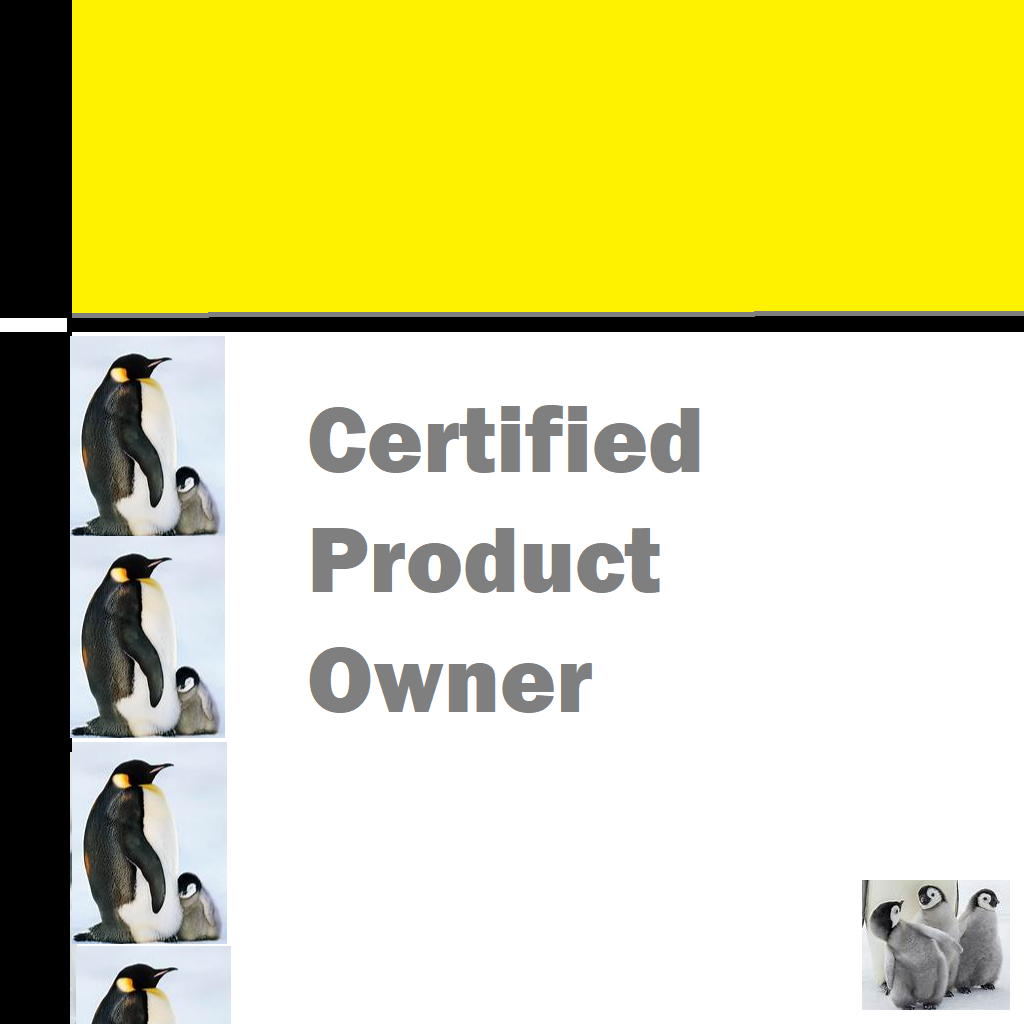
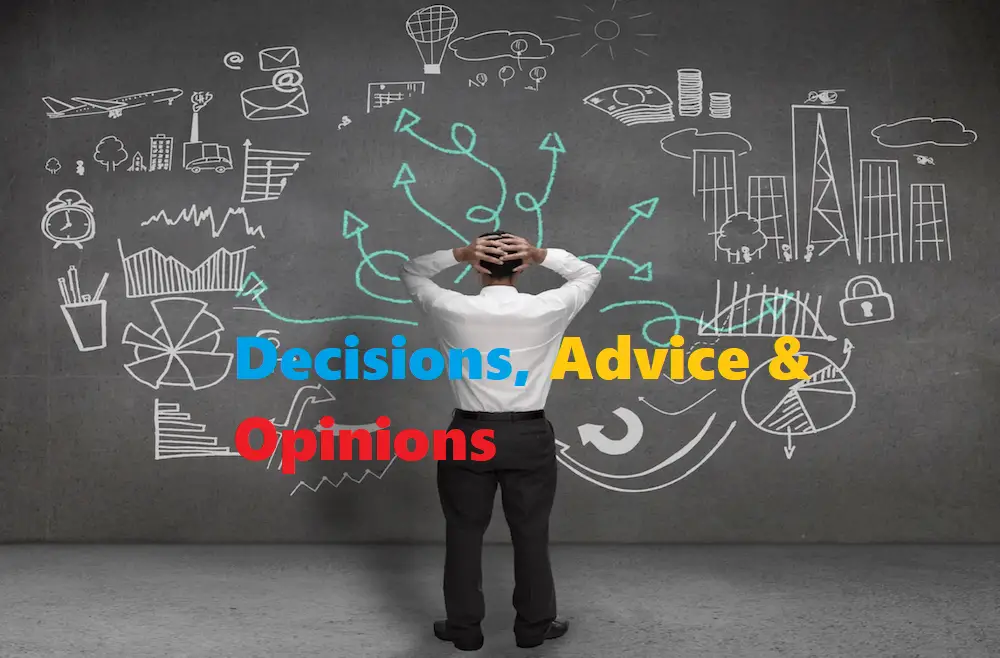
Whats up very nice site!! Guy .. Excellent .. Amazing .. I will bookmark your site and take the feeds alsoKI’m satisfied to find a lot of useful information right here in the post, we want work out extra strategies in this regard, thanks for sharing. . . . . .
Thank you for stopping by! I appreciate your kind words. Keep in touch with us on social media –
Website: https://www.learnxyz.in
Facebook: https://www.facebook.com/groups/530719219330002
YouTube: https://www.youtube.com/@LearnXYZ-In
Page: https://www.facebook.com/people/Learnxyzin/61572213195329/
Twitter/X: https://x.com/LearnxyzIn
We are glad that we have been of value to you. We use affiliates on our webpages, if you prefer, please consider purchasing from the in-page links and advertisements. This will help us support the team and this website. Thanks! Good Day & Visit Again!